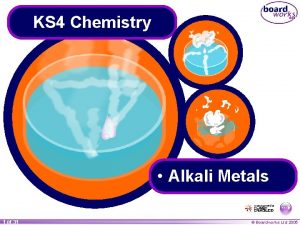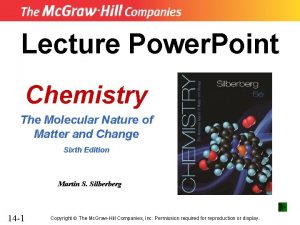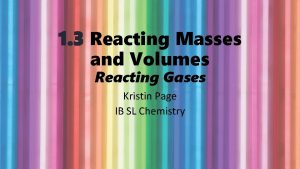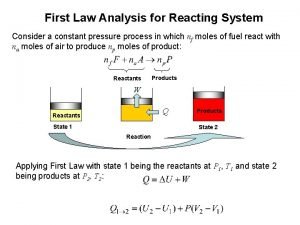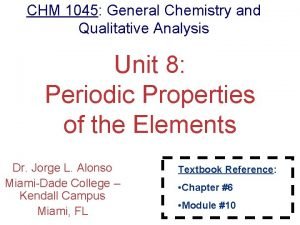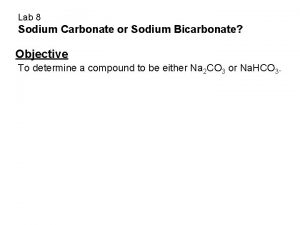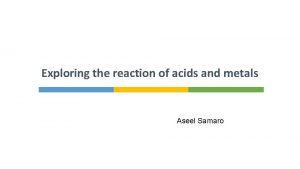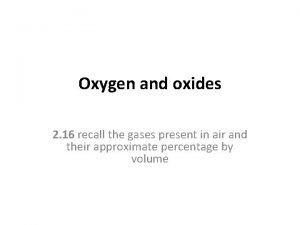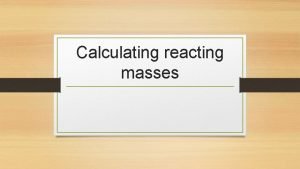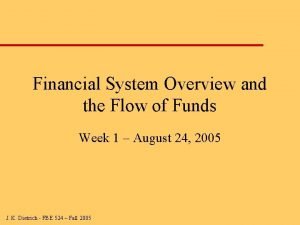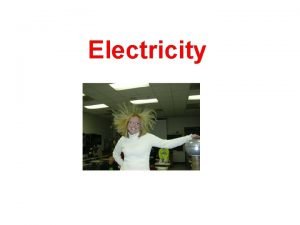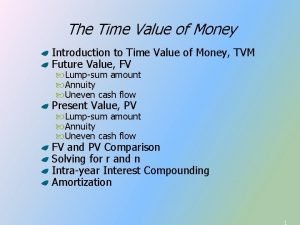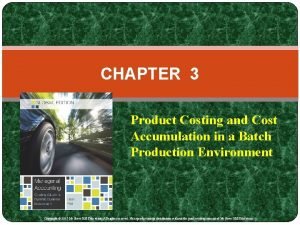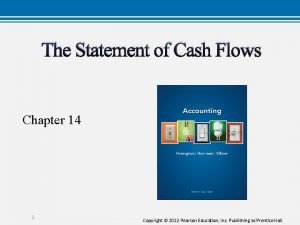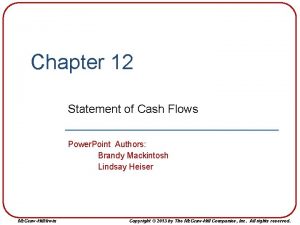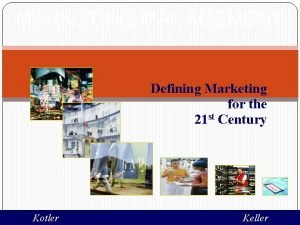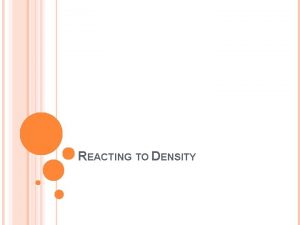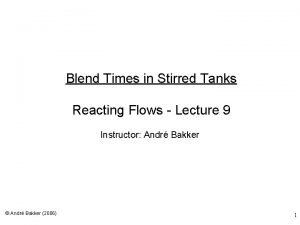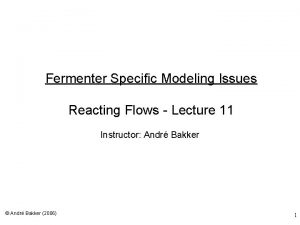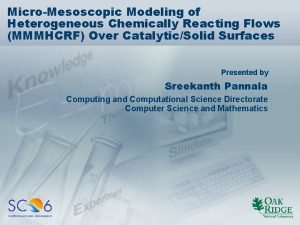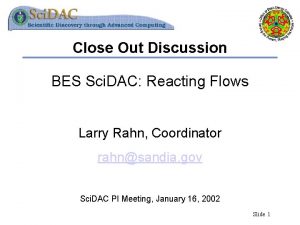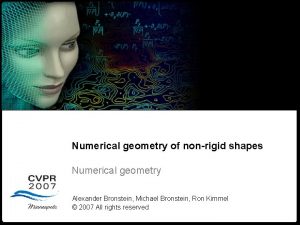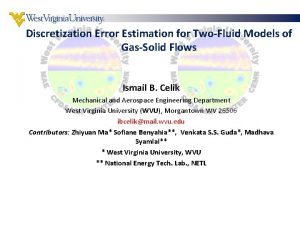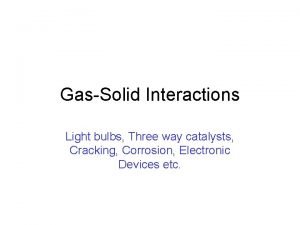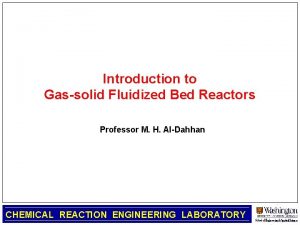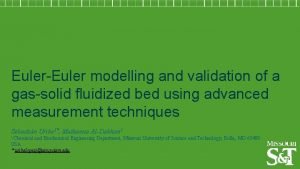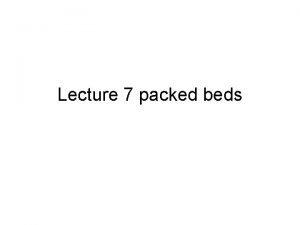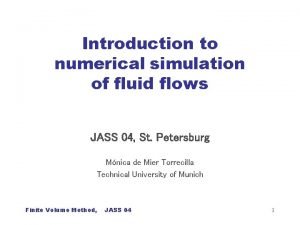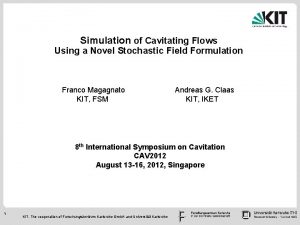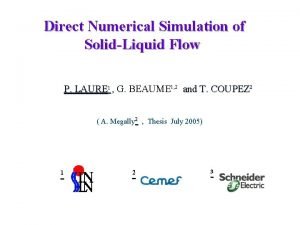Direct Numerical Simulation of LowMach Reacting GasSolid Flows






















- Slides: 22

Direct Numerical Simulation of Low-Mach Reacting Gas-Solid Flows Using a Penalization Method B. Hardy, G. Winckelmans, J. De Wilde August 7 th, 2018

Outline 1. 2. 3. 4. 5. 6. Motivation Methodology Incompressible case Weakly compressible case Intra-particular description Conclusion & perspectives 2

1. Motivation • Gas-solid flow modelling: need for closure laws for mass, momentum and heat transfer (1 -D, two-fluid or discrete element model) • DNS: powerful tool to derive transfer laws from fundamental conservation laws • Currently: most DNS works based on • incompressible assumption • 0 -D description of the particle • Missing information : how transfer laws are impacted by • • Density fluctuations (thermal effects, cracking, …) Intra-particle diffusional limitations Catalyst deactivation Change of size (shrinking / growth) ? Heat ? Mass ? Momentum ? 3

2. Methodology Proposed Immersed Boundary Method : Penalization Method the solid phase is described as a porous medium with very small permeability Classical IBM Particle tracked with Lagrangian surface points Volume penalization method Mask (0 or 1) to locate the solid phase Reproduced from H. Tavassoli et al. , IJMF 57 (2013) 29– 37 • Adapted for low-moderate particle Reynolds number (typical for fluidized beds) • Adapted for moving particles • Ease of implementation 4

Weakly compressible formulation • Density fluctuations at the surface of the particle induced by • Heat release / consumption • Molecular weight change (A B+C or A + B C) • Fully compressible Navier-Stokes equations : time step limited by acoustic waves • Weakly compressible formulation (or ”low Mach”) : allows to account for variable density while taking out acoustic modes Valid if typically verified in most industrial operation conditions ! 5

3. Incompressible case Penalization Method : • in the fluid ( ) : solve classical N-S equations • in the solid ( ) : add a forcing term which enforces the Dirichlet boundary conditions e. g. no slip, fixed temperature and composition on the surface of the solid phase 6

Incompressible penalized Navier-Stokes equations 7

Accuracy and stability • Accuracy controlled by the numerical solution tends towards the exact one as with a convergence rate (see Carboue and Fabrie, Advances in Dierential Equations, 2003) • Stability : constraint on e. g. Euler Explicit scheme, stability constraint : very constraining on the time-step if we want to choose ! • Implicit scheme with matrix inversion ? No additional cost : the penalization term is local and linear ! diagonal matrix therefore we can choose with e. g. 8

Moving particle : solid phase equations • Euler-Newton equations • Force evaluation can be performed by integrating the penalization term over the particle volume (instead of its boundary) 9

Moving particle : collision model • Glowinski repulsion force model (Glowinski & al. , JCP, 2001) further improved by Feng & Michaelides (Feng & Michaelides. , JCP, 2005) • Soft-sphere based model : motion laws are integrated during the entire collision process 10

Validation : hydrodynamics • 2 -D flow past a disk : 11

Validation : hydrodynamics • 2 -D flow past a disk : 12

Validation : fluid-structure coupling • Sedimentation of a disk in a vertical channel Glowinski test case : (Glowinski & al. , JCP, 2001) Good agreement with Glowinski terminal velocity : 13

Validation : fluid-structure coupling • Sedimentation and interaction of two disks in a vertical channel = Drifting-Kissing-Tumbeling (DKT) test case 14

Validation : heat and mass transfer • Flow past a fixed disk with imposed constant temperature and zero surface concentration (isothermal, infinitely fast reaction) • • Extract average Nusselt number and validate vs. Churchill-Bernstein correlation • Good agreement 15

4. Weakly compressible case • Assumption : flow velocities are low compared to the speed of sound • A dimensional analysis of the fully compressible N-S equations shows 1 that the gradient of the pressure is of order pressure can be decomposed as a spatially uniform thermodynamic background pressure, , and a fluctuating hydrodynamic pressure, : • When , we have a simplified state law used to update density • Domain with an open boundary : 1. see Poinsot and Veynante, Theoretical and Numerical Combustion, 2011 16

• Penalized low Mach Navier-Stokes equations = 0 in an open domain • Conversely to the incompressible case, we need to penalize the mass conservation law, using a porosity (stability issue) 17

• Forced convection ( ) with fixed temperature at the surface ( ): density field contour Density inside the particle = density of the pseudo-fluid which mimics the particle behavior, at the particle temperature • Extract Nu number for comparison vs. incompressible case Fully incompressible simulations overestimate the heat transfer efficiency 18

5. Intra-particular description • Idea: since we have a mask to follow the solid phase, we can use it to solve in on one pass: • The scalar advection-diffusion equation in the fluid phase • The diffusion-reaction equation in the solid phase • The species and continuity equations becomes (similar for energy equation) • The diffusion coefficient is discontinuous at the particle surface : ensures flux continuity • The intra-particular profiles are computed on the background Eulerian grid computational cost is ! 19

• Test case: forced convection at , first-order kinetics, different Damköhler numbers Da = 0. 01 Da = 0. 1 Da = 1 20

• Radial profile comparison vs. analytical solution for a 1 -D diffusion reaction equation with imposed surface concentration and zero gradient at the center • Discrepancy reasons : • Not strictly identical problems (forced convection vs. fixed concentration) • Radial distance captured in 15 grid points = qualitative validation 21

5. Conclusion & perspectives • New methodology combining the penalization method and the low-Mach number assumption: attractive for low to moderate particle Reynolds number flows with variable density • Thorough validation of the incompressible case • Intra-particular description allowing a fully multi-scale resolution Future investigations: • 3 -D extension • Shape-changing particle (growth/shrinking) • Real-life reaction rates (cracking, combustion, …) • Assessment of the impact of the variable density on meso-scale transfer laws 22
 Alkali metals reacting with water
Alkali metals reacting with water Lithium and oxygen reaction
Lithium and oxygen reaction Alkali metals reacting with water
Alkali metals reacting with water Reacting masses and volumes
Reacting masses and volumes How to react to indirect fire
How to react to indirect fire First law analysis of combustion reaction
First law analysis of combustion reaction Alkali metals reacting with water
Alkali metals reacting with water Hcl+na2co3
Hcl+na2co3 React to indirect fire while mounted
React to indirect fire while mounted Magnesium reacting with nitric acid equation
Magnesium reacting with nitric acid equation Magnesium reacting with oxygen
Magnesium reacting with oxygen Copper react with oxygen
Copper react with oxygen Reacting masses questions
Reacting masses questions Flows of funds through the financial system
Flows of funds through the financial system How does a electric motor work
How does a electric motor work Pv of cash flows formula
Pv of cash flows formula Cost accumulation system
Cost accumulation system Destiny corporation is preparing its
Destiny corporation is preparing its Statement of cash flows indirect method
Statement of cash flows indirect method Chapter 13 statement of cash flows
Chapter 13 statement of cash flows Journey down the mekong
Journey down the mekong Which budget shows anticipated cash flows
Which budget shows anticipated cash flows Structure of flows in a modern exchange economy
Structure of flows in a modern exchange economy

